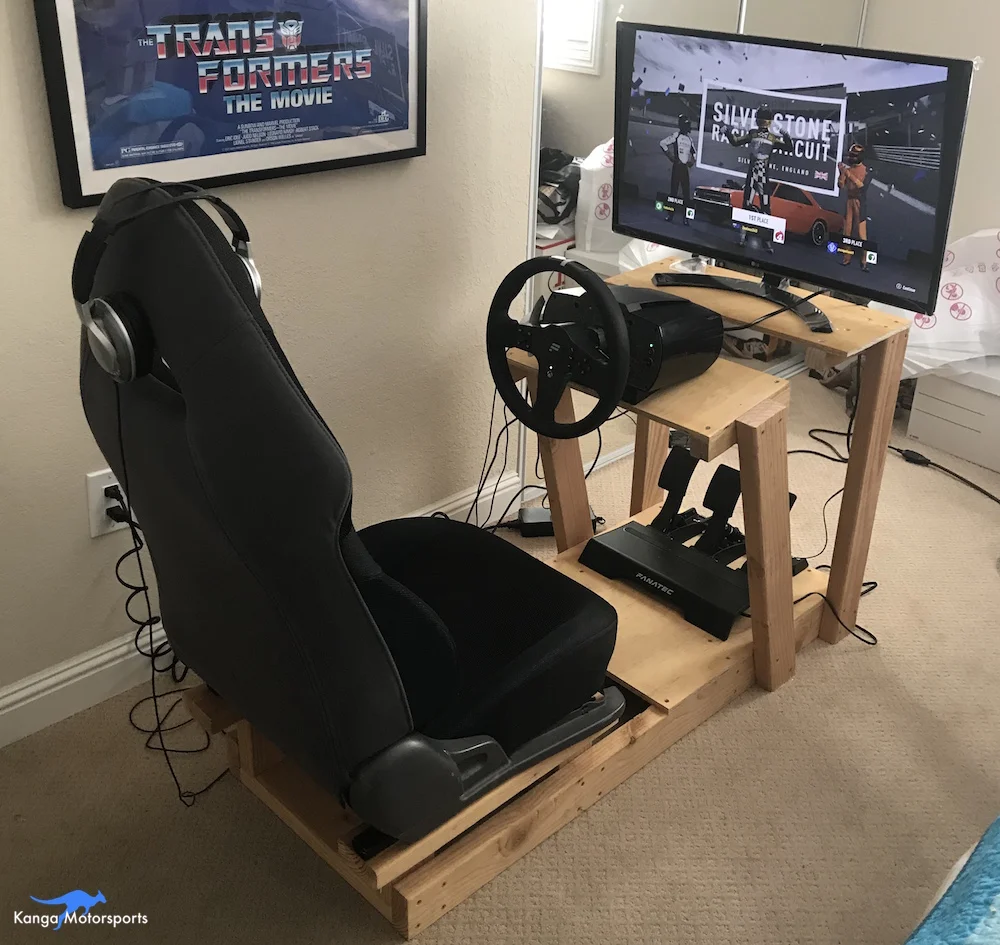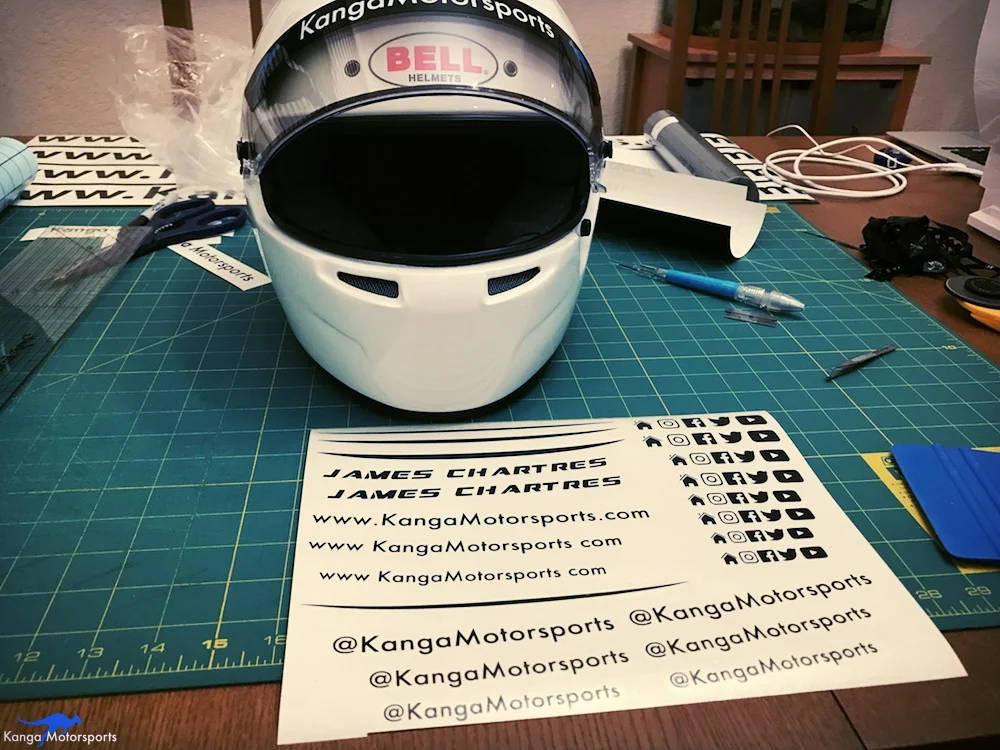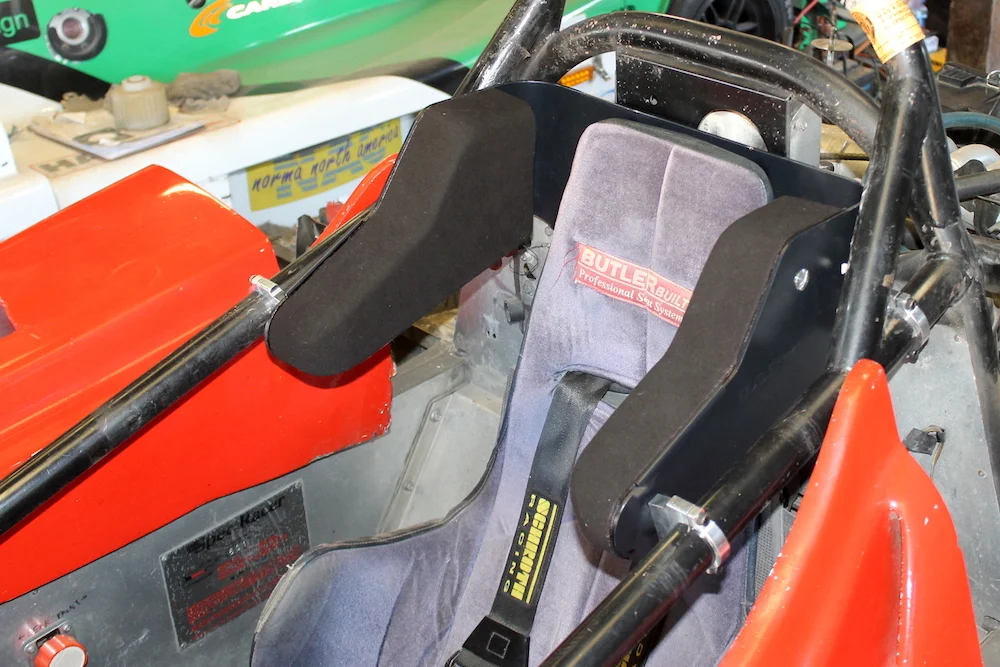Here are our 10 tips for making the most of the Racing Off Season:
Have Fun with Friends and Family
If you are like most amateur racers you have probably spent quite a few weekends at the track away from family and missed one or two of your friends events. Now is a good time to catch up and spend time with them before the busy race season starts.
Car Rebuild
Rebuilding the racecar comes in many forms, a complete tear down and overhaul or just fixing large sections of the car. At a minimum you should go through the usual wear and tear items. Drive train and suspension components often need attention and rebuilds. It is a good idea to do a nut and bolt check, throw out and replace any hardware that might be suspect. You don’t want an inexpensive part to cause you to miss an on track session or worse fail and end your a race weekend.
Annual Maintenance
The off-season is the perfect time to take care of some of the annual maintenance items. Depending on what series and vehicle you race there is likely a list of items that need some attention. Common candidates are transmission rebuilds, wheel bearing replacements, worn out rod ends or even simple fluid changes. For the Spec Racer Ford Gen3 you can see our list of suggested annual maintenance items on our Maintenance and Checklists page.
Racecar Upgrades
Do you plan any upgrades for your car? With a few months between races, now might be a good time to upgrade the car and use a test day to see if the improvements worked. If you are running in a specification class with limited modifications allowed, you might look into minor improvements to help your performance provided they are within the rules. Read up on the latest rule set. Perhaps some new parts became available or you can make minor adjustments to your seating position or control layouts to make yourself more comfortable in the car. A test and tune day might be a great way to improve your car setup.
Safety Upgrades
Check all your safety gear and make sure it is great working condition. Check the fire bottle is charged. Inspect all items for wear and tear and make sure you can rely on them if you need them in an emergency. There are also several items that have date codes such as belts and helmets, make sure they do not need to be replaced. I know a few drivers that are adding the ButlerBuilt Head Support System to their Spec Racer Ford to reduce the amount of possible head movement in a crash.
Driver Upgrades
Driver upgrades can come in many forms and are probably better bang for the buck then any car upgrades. These can include:
Physical Training
Getting fit and loosing some weight is a great way to reduce those lap times. Exercising and eating healthy has all sorts of benefits that apply to motorsports. There are various schools of thought on the type of exercises that are beneficial. A quick search online can help you build your next exercise routine.
Mental Training
Ross Bentley of Speed Secrets has great materials on how to improve your mental game and driving performance. He has books, articles and even webinars that should help you shave a few tenths off those lap times.
Simulator Training
There are a variety of different simulators out there from a simple wheel mounted to a desk, a home built wooden frame or even one of the high end full motion rigs. Each of these setups has their benefit and price. But all of them can help your driving. If there is a skill or technique you are trying to master you can practice it on the simulator over and over again until you master it. The great thing is that the cost can be much cheaper than a test day and can occur in the cozy comfort of your own home.
Race Schedule
Whether your are an amateur racer or professional most sit down at the end of the season to work out their race calendar for the next year. Organizations tend to release their schedules in November, if not earlier, so you can plan your year ahead. Maybe there are a few key tracks you want to visit this race season.
Budget Review
Motorsports is not the cheapest hobby but it doesn’t have to be ultra expensive and bankrupt you either. Have a look at your costs from the last year or the past few years. Were there any unexpected costs? Are there places for potential savings in the coming year. Make a budget as you work on your race schedule that way you can understand the expected costs and plan for them in advance. The budget will give you an idea of how many events you can really afford, new sets of tires add up quickly so plan ahead. If you have some extra budget you might look into doing a special event, such as the 25 Hours of Thunderhill.
Thank Your Sponsors & Partners
At the end of the season you should thank your Sponsors and Partners, send a summary of your activities and results. It is also nice idea to send along a gift or special token; a signed picture or memento from the race season. Not only does it help them evaluate their sponsorship but it reinforces the benefits they are getting from their partnership.
Promotions for Next Season
Once the race schedule and budget is known, the off-season becomes a great time for planning out the promotions and content for the year. While promotions and content will change depending on circumstance and what happens during the racing, setting a basic overview helps guide activities for the coming year. Do you want to do more video content? What races can you plan hospitality events for? We like to use this time to get promotion materials like Race Schedules, Event Flyers, Social Media Banners and other graphics ready for the new season.
Have any thing you like to do in the off-season? Leave a comment below we would love to hear what you do.

















We decided to replace the old bent and misshaped suspension rockers with the new lighter and stiffer tubular rockers. The step by step guide should make it easier for those attempting the work themselves.